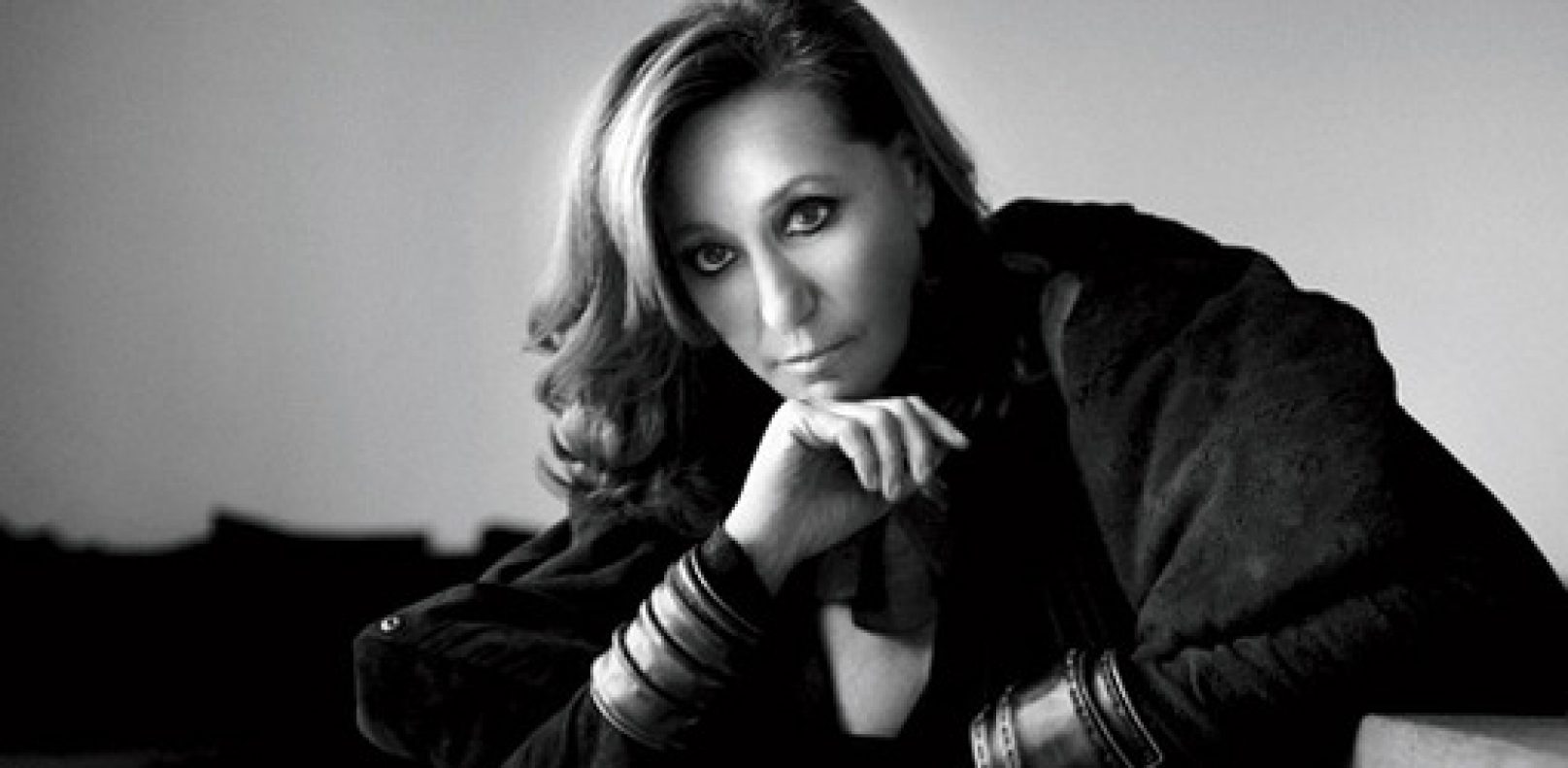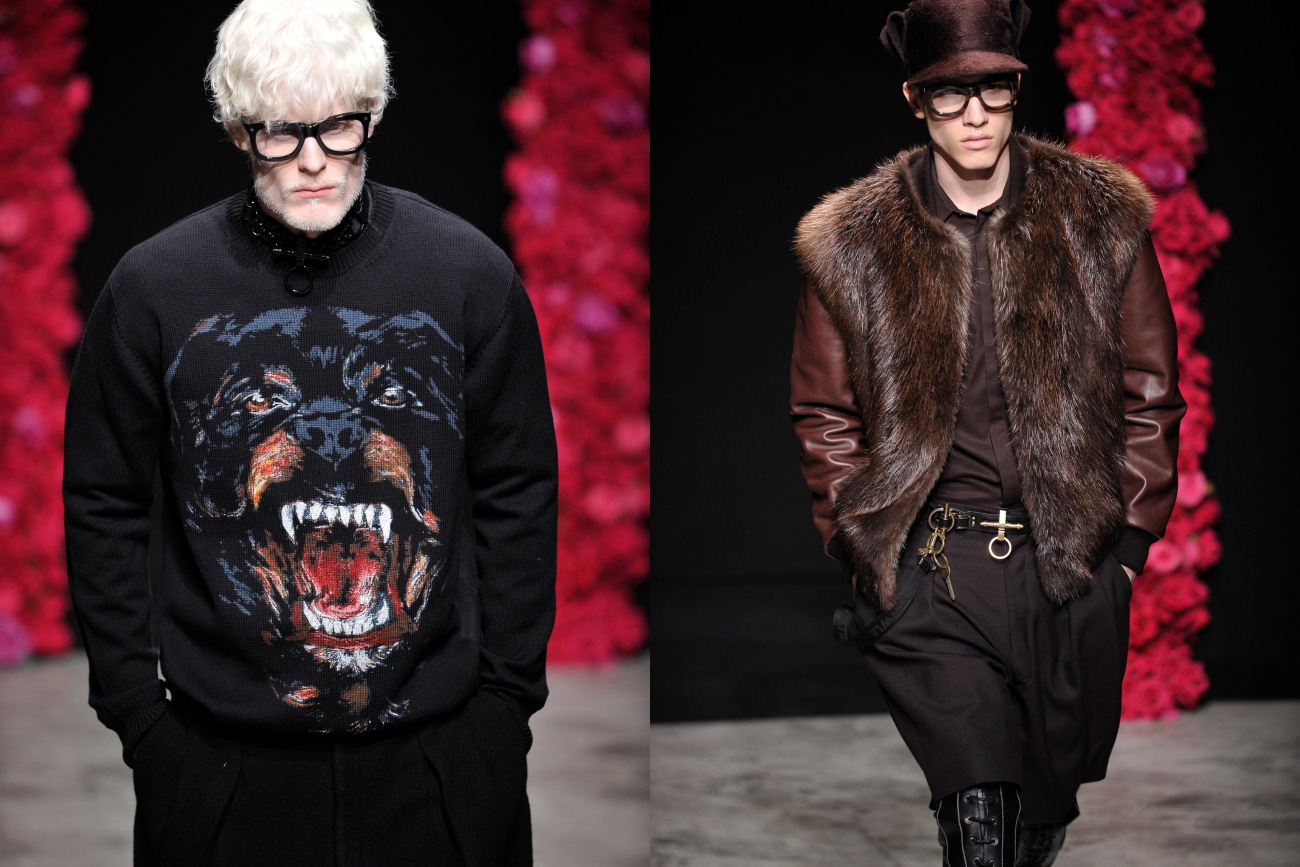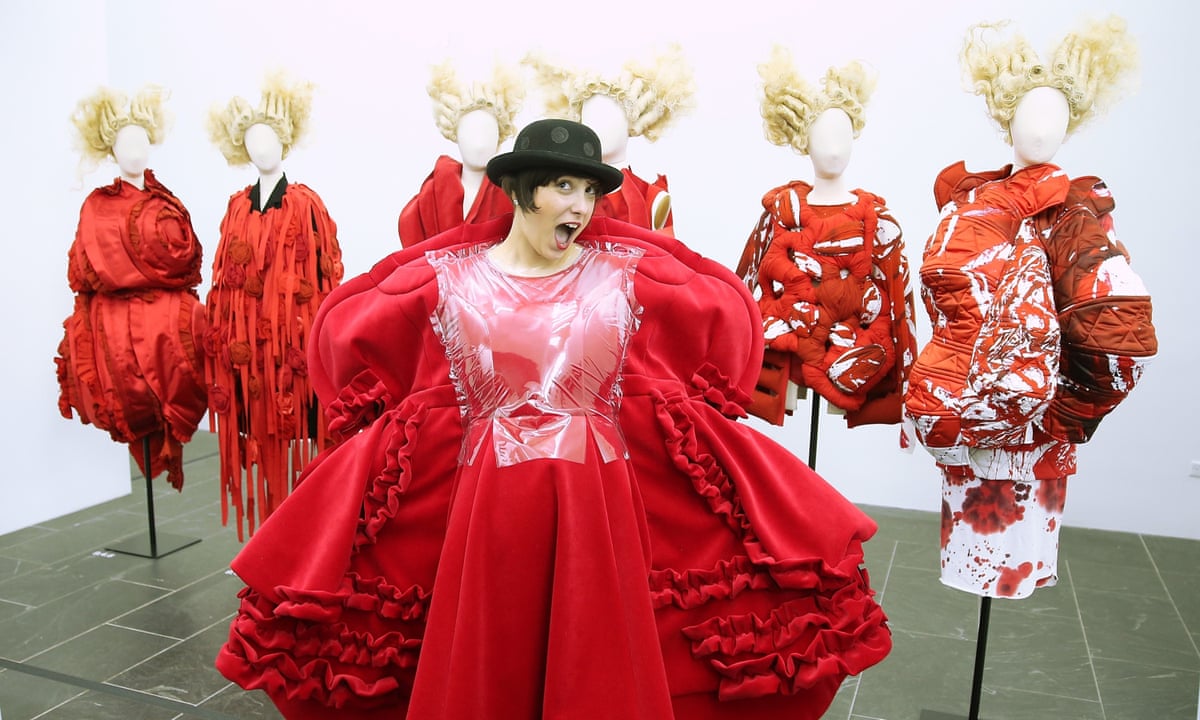When Alber Elbaz initially took the helm at Lanvin in 2001, the Parisian fashion house was a dormant powerhouse, boasting a storied past but lacking modern appeal. Through his leadership, Lanvin underwent a period of artistic revival, distinguishing itself from other high-end fashion labels. Elbaz’s impact at Lanvin was characterized by several unique aspects, such as his unparalleled design philosophy, dedication to meticulous artistry, and his remarkable ability to engage with both famous personalities and ordinary women.
Reinventing Elegance Through Creativity
Elbaz’s design philosophy incorporated a contemporary view of traditional femininity. He famously stated, «I love women, and I wanted to make them feel beautiful and comfortable.» His designs for Lanvin were distinguished by their flawless draping, opulent fabrics, and striking yet flowing shapes. In contrast to the stiff structures prevalent in the early 2000s, his works celebrated motion, feeling, and allure.
One of his most celebrated collections, the Fall 2008 ready-to-wear, stood out for its innovative use of raw-edged silk and pleated detailing. The collection was hailed by critics for combining Parisian sophistication with a playful irreverence. Elbaz’s mastery lay in making couture-level craftsmanship feel modern and accessible.
Clothing That Empowers Women
Central to Elbaz’s philosophy at Lanvin was the belief that fashion should empower, not intimidate, women. He rejected the notion of “dictatorial” fashion, often stating his goal was to create garments that women wanted to wear, not just admire on a runway. This was evidenced by his penchant for practical details—dresses that could be slipped on without zippers, adjustable ribbons and ties, and fabrics that favored comfort without sacrificing luxury.
His Spring 2011 collection showcased this philosophy by skillfully merging practical utility with elegance, featuring metallic one-shoulder dresses adorned with substantial jewelry. The ensembles were festive yet approachable, and the models exuded self-assurance and comfort, aligning with Elbaz’s aim to clothe «real women.»
Expert Narrative Crafting and Affective Engagement
What distinguished Elbaz from many of his contemporaries was his ability to infuse collections with narrative depth and emotion. His shows often reflected a sense of joy, nostalgia, and humanity. Rather than relying solely on spectacle, Elbaz invited his audience into a tender, almost intimate universe. For his 10th anniversary at Lanvin, he walked the runway arm-in-arm with seamstresses, spotlighting the teamwork and artisanal expertise behind each garment.
This focus on narrative also extended to his branding strategies. The now-iconic Lanvin campaign, featuring models and non-models alike in joyous, candid poses, subverted industry norms and fostered an authentic sense of inclusivity.
Innovation in Collaborations and Red Carpet Strategy
Elbaz spearheaded a contemporary method for partnerships and celebrity interactions. Although numerous fashion houses kept their most impressive creations for internal showcases, Elbaz made high fashion more accessible by partnering with retailers such as H&M in 2010. This collection was completely sold out in a matter of hours, bringing the Lanvin style to a significantly broader public and demonstrating Elbaz’s keen insight into changing consumer trends.
Under Elbaz’s direction, Lanvin’s presence on the red carpet saw a significant surge. His creations for actresses like Meryl Streep, Natalie Portman, and Tilda Swinton achieved a blend of elegance and accessibility, frequently selected for their wearability as much as their striking visual effect. Elbaz’s mastery of draping, materials, and accessories produced iconic looks that defined red carpet fashion for an entire era.
Reshaping the Role of the Creative Director
In addition to his design prowess, Elbaz’s approach to leadership redefined the expectations for a creative director within the luxury fashion sector. He was recognized for his modesty, sharp intellect, and deep understanding, frequently attributing the brand’s achievements to his dedicated team of seamstresses and colleagues. This cooperative ethos cultivated a setting where new ideas thrived, playing a crucial role in Lanvin’s artistic achievements.
Unlike some of the era’s more enigmatic or headline-seeking creative heads, Elbaz appeared relatable and approachable. His signature bow ties and glasses became a symbol of endearing eccentricity, reinforcing both his unique personal brand and the house’s approachable take on luxury.
Enduring Legacy
Alber Elbaz’s tenure at Lanvin remains a benchmark in contemporary fashion for its seamless blend of tradition and innovation. His work not only revitalized Lanvin as a business but also set a new standard for modern elegance rooted in emotional resonance and practicality. The fashion world continues to study his collections and leadership style, underscoring the profound influence one designer can have by prioritizing empathy, storytelling, and authentic connection above fleeting trends or commercial stratagems.





